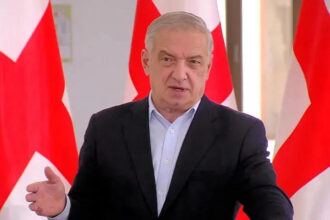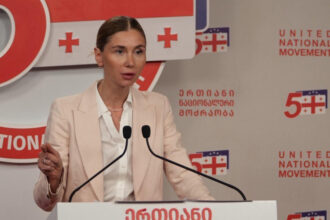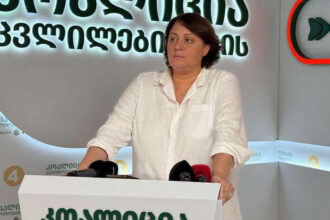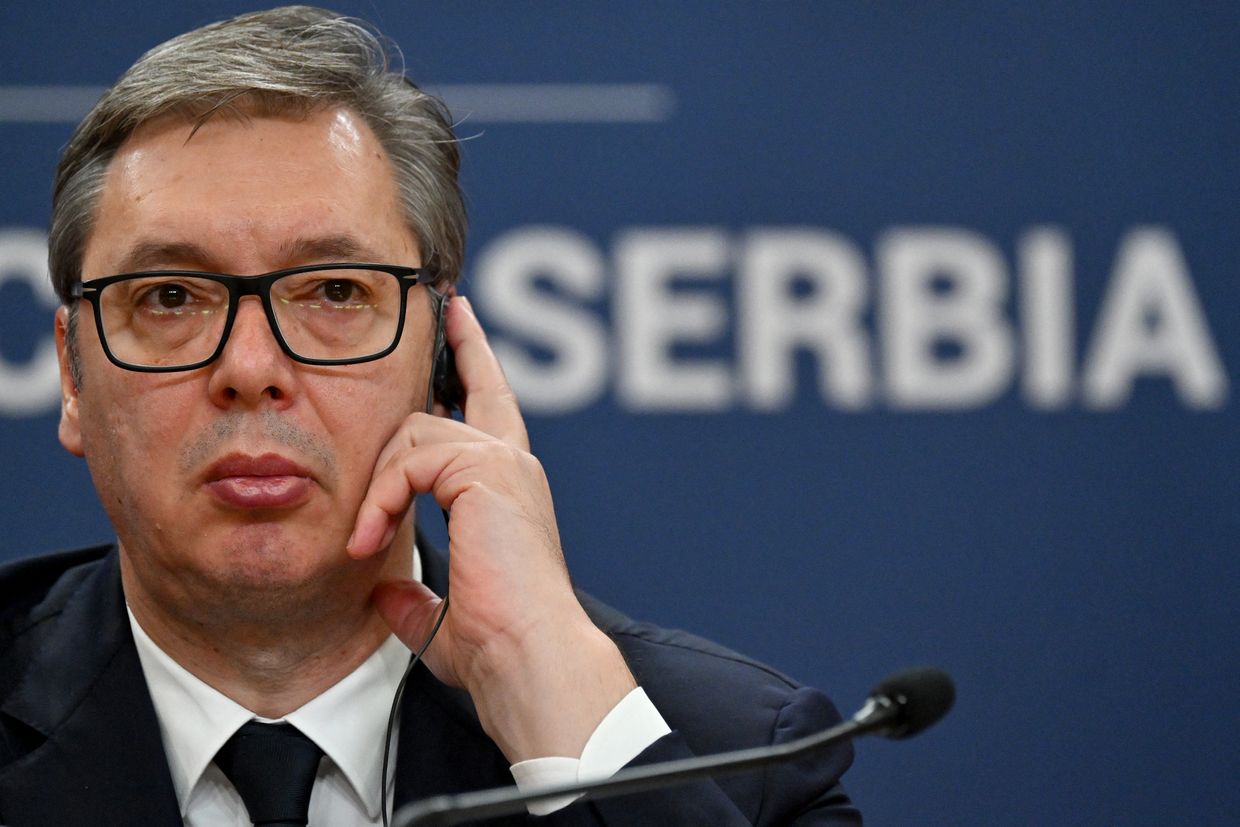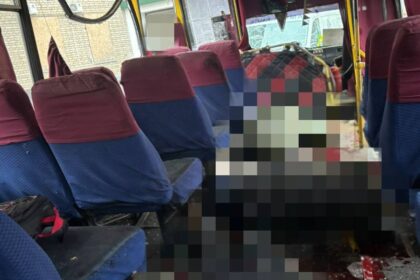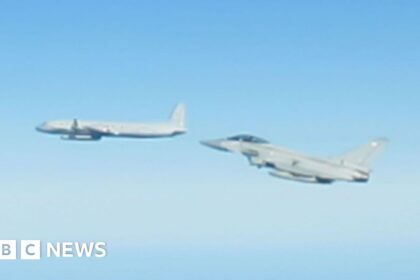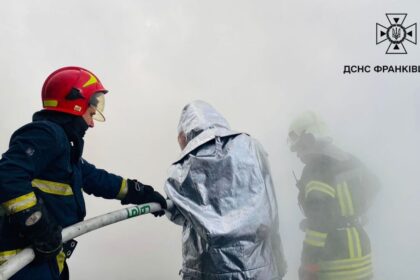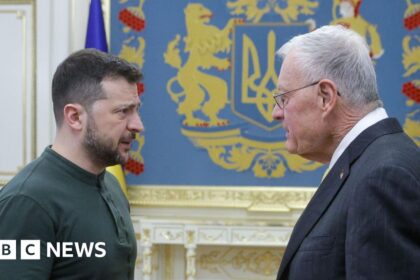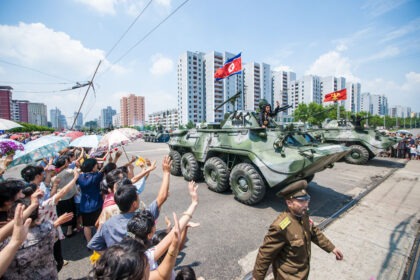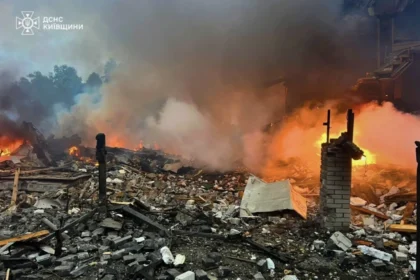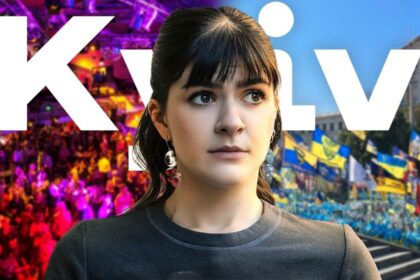The article discusses the ongoing protests in Serbia against President Aleksandar Vucic’s regime, which have been met with violent crackdowns by the authorities. The protesters are demanding an end to media censorship, freedom of speech, and better living conditions.
The article highlights the complexities of Serbian politics, where both the opposition and the ruling party have their own agendas. The students leading the protests aim to bring about change within Serbia, rather than seeking foreign intervention from the EU or Russia.
The protests are also driven by anti-Western sentiments, which have united many Serbs with Russia despite the country’s economic ties to the West. Many Serbs view the EU and US as too “liberal” and see Russian President Vladimir Putin as a strong leader who is pushing back against the West.
However, the article notes that attitudes in Belgrade have shifted as an influx of wealthy Russian IT workers has driven up housing prices and gentrified the city. Some locals resent the recent Russian immigrants for not integrating into Serbian society.
The students protesting on the streets say neither the EU nor Russia will do anything to help them, and they reject both models of governance. They demand change within Serbia, rather than seeking external influence.
Key points from the article:
* Protests in Serbia against President Aleksandar Vucic’s regime have been met with violent crackdowns by the authorities.
* Students leading the protests aim to bring about change within Serbia, rather than seeking foreign intervention from the EU or Russia.
* Anti-Western sentiments unite many Serbs with Russia, despite the country’s economic ties to the West.
* Attitudes in Belgrade have shifted as an influx of wealthy Russian IT workers has driven up housing prices and gentrified the city.
* Students protesting on the streets say neither the EU nor Russia will do anything to help them, and they reject both models of governance.
The article provides a nuanced view of Serbian politics and society, highlighting the complexities and contradictions that underlie the protests.

